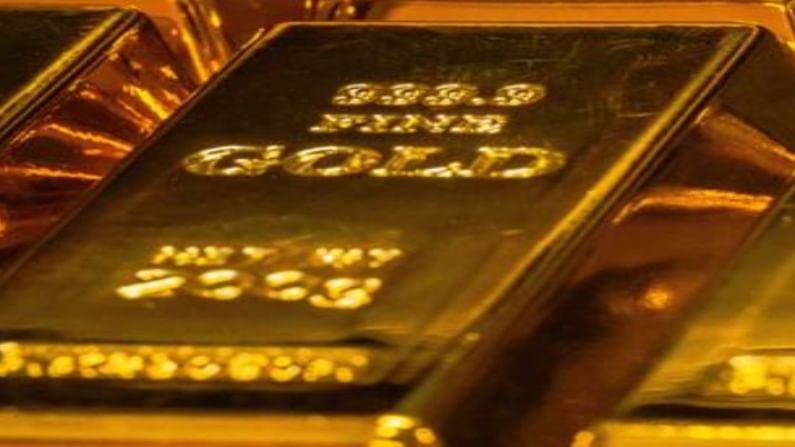You may soon be able to trade in spot gold, just like stocks
SEBI has proposed a framework to set up a spot gold exchange in India

Gold prices are trading at a three-month high as money managers and exchange-traded fund investors turn optimistic on the precious metal. Experts believe markets also are anticipating about 15-20% increase in gold prices once they cross $1,900 an ounce.
In the interim, the Securities and Exchange Board of India (SEBI), the market regulator proposed an extensive framework to set up a spot gold exchange, in its latest discussion paper.
This means the yellow metal could soon be traded in the form of electronic gold receipts (EGRs) and will help in having a transparent domestic spot price discovery mechanism. This proposal comes following the announcement made by Finance Minister Nirmala Sitharaman in the Union Budget this year.
With an annual gold demand of approximately 900 tonnes, India is the second-largest consumer of gold. However, India still is among the countries which track gold prices and has no meaningful role in influencing the global price.
The aim of this gold exchange will be to infuse transparency in gold transactions.
Now, SEBI has sought comments on whether the proposed gold spot exchange should be set up by the existing stock exchange either through a separate segment or as a new asset class in the existing segment. It also seeks comments on the minimum quantity of gold tradable.
For now, the proposed denominations of tradable gold are 1 kilogram, 100 gram, 50 gram, and subject to conditions, even 5 and 10 gram.
To simplify trading, SEBI has proposed to convert physical gold into electronic gold receipts (EGR), which will be issued by regulated vault companies. At the time of delivery that receipt will again be converted into physical gold. SEBI has also proposed regulating vault companies.
Overall, investors will benefit from advantages such as better liquidity and single-price reference in gold. Also, there will be greater gold quality assurance, greater integration with financial markets, and increased gold recycling in India.